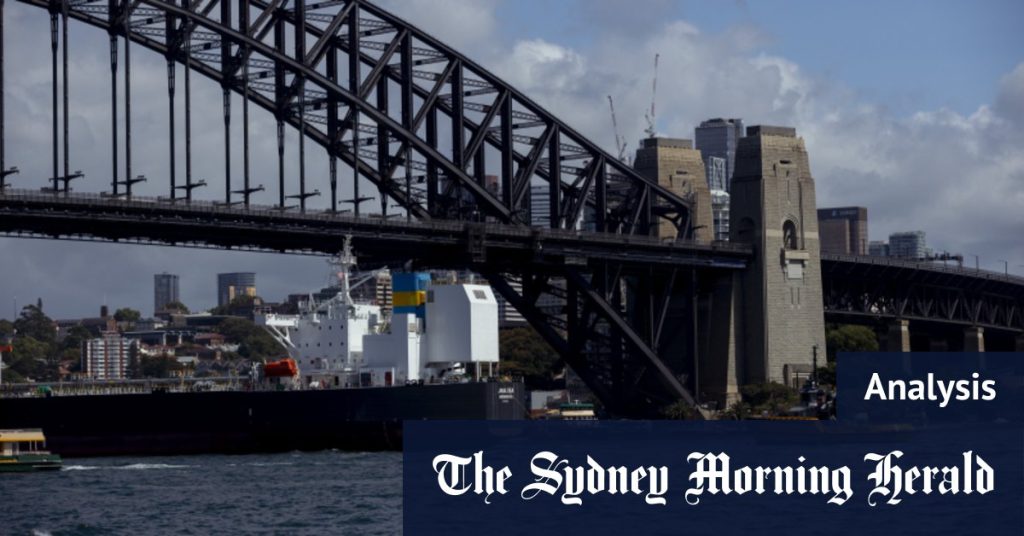Paragraph 1: Population Growth and Distribution in NSW
New South Wales is projected to experience significant population growth over the next decade, adding 1.1 million residents and reaching a total population of 9.6 million by 2035. This growth is primarily driven by net overseas migration, with a large proportion of new arrivals choosing to settle in Sydney. Consequently, Sydney’s population share within NSW is expected to increase from 65.7% to 67.2% by 2034-35. This trend reinforces Sydney’s dominance as a major population center, further increasing its proportion of the national population, currently standing at 20.5%. While regional NSW is also expected to see growth, adding approximately 230,000 people to reach 3.15 million by 2034-35, the rate of growth in Sydney will outpace other areas of the state.
Paragraph 2: Declining Fertility Rates in Australia
Australia is experiencing a significant decline in its birth rate, a trend that began after a peak in 2018. The number of births is projected to be around 288,000 in the current financial year, a level comparable to 2007 when the population was considerably smaller. This decline is reflected in the national fertility rate, which is the expected number of births per woman. This rate is forecast to reach a historic low of 1.45 in 2024-25, significantly lower than the 1.65 predicted just a year earlier. Since 2008, the fertility rate has fallen by a third, with an accelerated decline observed since 2021. Experts predict a slow recovery, with the rate expected to stabilize around 1.62 in the early part of the next decade.
Paragraph 3: Contributing Factors to the Fertility Decline
Several factors contribute to the declining fertility rate. One key element is the changing demographics of overseas migrants. While Australia continues to attract a substantial number of migrants, including overseas students and temporary visa holders, these groups have a lower fertility rate than the general population. Their inclusion in population statistics impacts the overall birth rate calculation. Professor Nick Parr, a demography expert at Macquarie University, highlights that many temporary visa holders, though counted as part of the population, have a negligible impact on the number of births. This highlights the complex interplay between migration patterns and fertility trends.
Paragraph 4: Widening Age Disparities between Sydney and Regional NSW
The age gap between Sydney and regional NSW is projected to widen significantly over the next decade. Currently, Sydney’s median age is 36.6 years, 5.8 years younger than the rest of NSW at 42.6 years. This difference is forecast to grow to 7.4 years by 2034-35. The concentration of overseas migrants, particularly younger demographics like students and working holidaymakers, in Sydney contributes significantly to this disparity. Migration patterns play a key role in shaping the age structure of different regions.
Paragraph 5: National Ageing Trend and Regional Variations
The median age across Australia is steadily increasing, posing a demographic challenge. The national median age is projected to reach 40 years by 2034-35, up from 36.1 years two decades ago. This trend is particularly pronounced in certain regions. Tasmania, already the state with the highest median age at 42.2 years, is expected to see a further increase of 4.1 years by 2034-35. In contrast, NSW will experience a smaller increase of 1.4 years. Regional areas, especially in South Australia and Tasmania, are experiencing an even more pronounced ageing trend. The median age in regional South Australia is forecast to reach 49.8 years by 2034-35, significantly older than Sydney’s projected median age of 37.6 years.
Paragraph 6: Implications of Demographic Shifts
The demographic shifts described above have significant implications for Australia’s future. Population growth driven by migration, coupled with declining fertility rates, will reshape the age structure of the population, particularly highlighting the contrast between major urban centres like Sydney and regional areas. The increasing median age and the widening age gap between city and country will present challenges for policymakers in areas such as healthcare, aged care, and regional development. Understanding these demographic trends is crucial for planning and adapting to the changing needs of the Australian population. The decline in natural population increase (births minus deaths), observed in every state and already resulting in deaths exceeding births in some regional areas, underscores the growing importance of migration in driving population growth. This reliance on migration has its own set of implications for social cohesion and infrastructure planning.

